Horyu-ji’s To-in Garan and the Hall of Dreams
The To-in Garan is the east-wing of Horyu-ji. It is nationally famous for the Yumedono [夢殿], a special, ancient octagon-shaped building. But it is not just he building itself that is special. Inside the Yumedono are many national treasures.
Though this is going to be our last post on Horyu-ji, there are still so many things to uncover about Horyu-ji. We strongly suggest you take a couple hours to really get a look at everything and appreciate this amazing temple.
The History of Horyu-ji’s To-in Garan
To-in Garan dates back to when Prince Shotoku was alive. Originally, the To-in Garan was the site of Ikaruga Palace, Shotoku’s personal home. However, in 642 Soga no Iruka started a war resulting the deaths of his son Yamashiro and the rest of his family. After the deaths of the prince and his family, the palace burned to the ground and was abandoned for the next 90 years.
Cried for this situation, a monk called Gyoshin made Yumedono to enshrine the prince Shotoku in 739. Although the most of the Yumedono roof had to undergo repairs in the Kamakura Period, the majority of the building hasn’t been altered since 739.
To-in Garan
To get to To-in Garan, turn right just before the Chumon Gate and go straight.
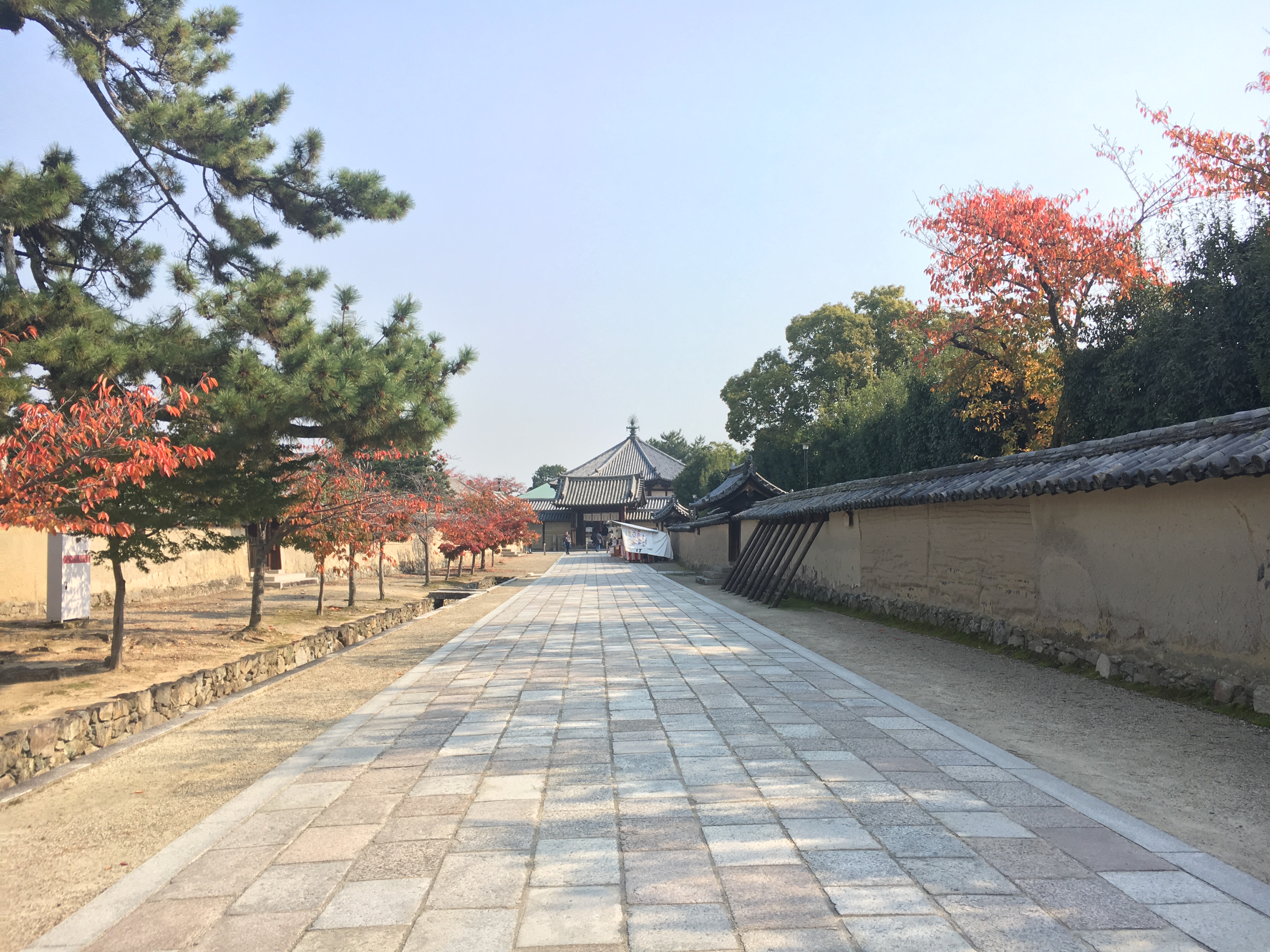
The Todaimon Gate [東大門] is the entrance for the To-in Garan. Though this gate may not look special, it is from the 8th century and is indeed a national treasure.

The structure of this gate, particularly its roof, is quite interesting. If you look up as you pass through the gate you can clearly see the gate has two different roofs. However, when you look at the gate from a distance, you can only see one. This kind of gate is made by building two different roofs and then putting one large roof over them. It seems this style of roof was common only in the Nara Period.
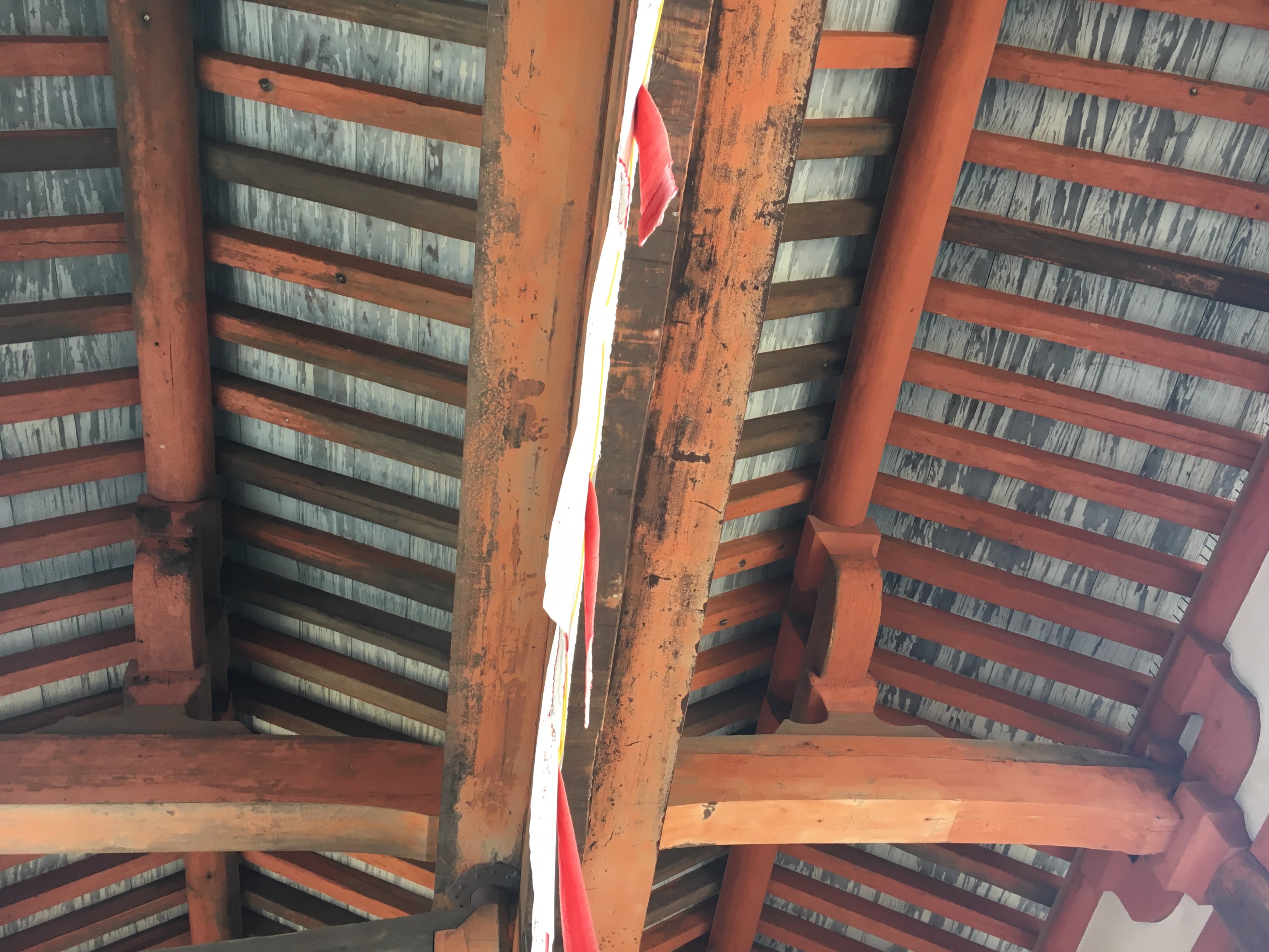
Yumedono [夢殿]
Once you pass through a couple more gates, you will see the octagon shaped Yumedono. Sometimes translated as the Hall of Dreams, this building got its name from a legend in which Prince Shotoku had a vision of Buddha.
Why is it an octagon? That is hard to answer, and there are many theories as to why the builders of the Yumedono choose this shape. The unfortunate answer is we really do not know why.

In the Yumedono are many Buddha statues, with a large percent of those statues being Japanese National Treasures. One such example is the statue of Gyoshin made in the 8th century. No one is allowed inside the Yumedono, but you can get a look at the statues through the fence surrounding the building.
Kuse Kannon [夢殿救世観音]
Among the statues inside the Yumedono, pay special attention to the statue of Kuse Kannon. This statue, made in the Asuka Period between the years 629-654, oddly displays features uncommon from that time period. For example, statues from the Asuka Period typically have thin almond shaped thin eyes and archaic smile, but this statue it doesn’t have any of those. Instead, its eyes are wide open and even has full lips.
Records say that the Kuse Kannon statue was in storage for a thousand years, wrapped with a white cloth. There were even rumors that ruin would befall the temple if it was unwrapped. This actually resulted in the statue being very well preserved—even the original gold leaf is still on it. The statue was finally, in the early Meiji Period, scholars began studying the statue for researching purposes.
The statue is open for public viewing from April 11th to May 18th and October 22nd to Novermber 23rd every year.

Points of Interest
The following buildings are all national treasures.
Denpodo [伝法堂]
Originally the Denpodo was the personal residence of Emperor Shomu’s wife, Tachibana no Konakachi. The Empress later donated and converted the building into Denpodo to Horyu-ji around the 8th century. It is intact since then.

According to Horyu-ji’s website, it seems that there are several precious Buddha statues inside of the house, but unfortunately you usually cannot see inside and I don’t think they even publicly show inside.
Bell Tower [鐘楼]
Horyu-ji’s bell tower is very interesting in that the bottom of the tower is flares out from the base. While very common in medieval times, this one in particular from 1163 represents the oldest style of this kind of bell tower.
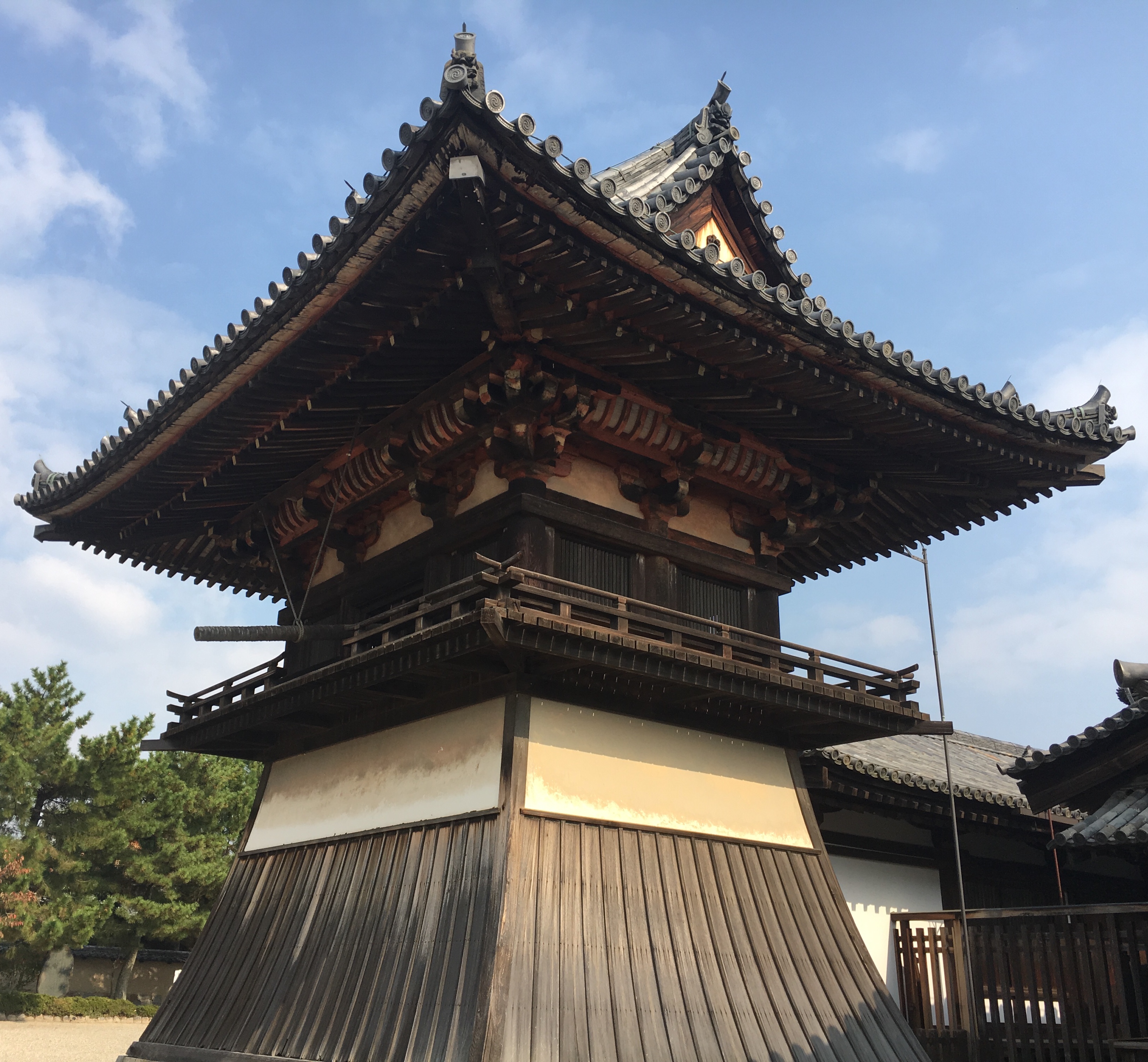
Inside of this tower is a bell from the Nara Period. It seems that the bell was originally part of the Chugu-ji.
Chugu-ji [中宮寺]
Chugu-ji is also famous as one of the temples created by Prince Shotoku to pay respect to his deceased mother. Built at the same time as the original Horyu-ji, the temple began to decline in Heian Period. The Chugu-ji was eventually restored and moved next to Horyu-ji.
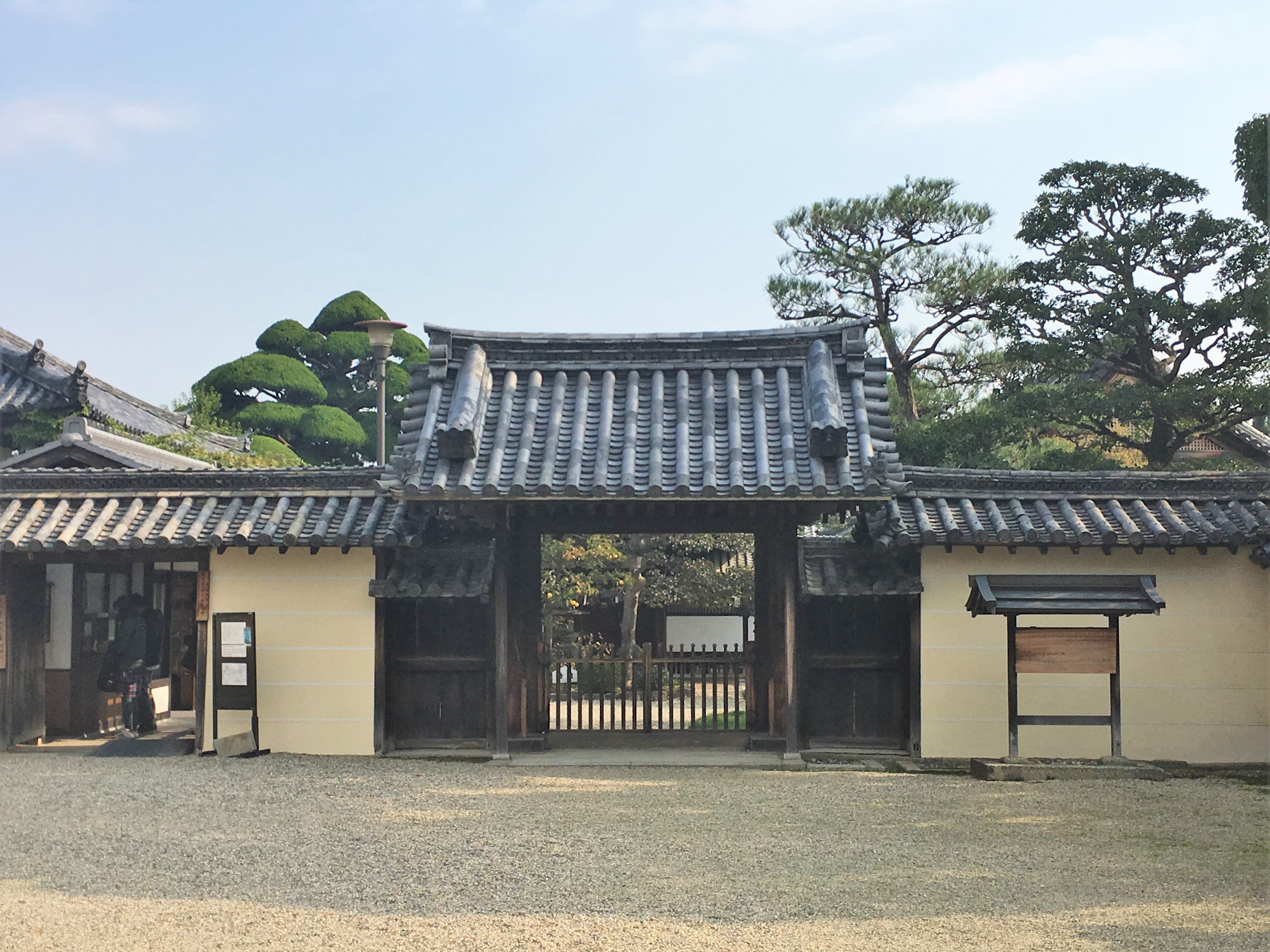
Chugu-ji is small temple and located right next to the To-in Garan. Since it is technically separate from Horyu-ji, you have to pay extra to get in.
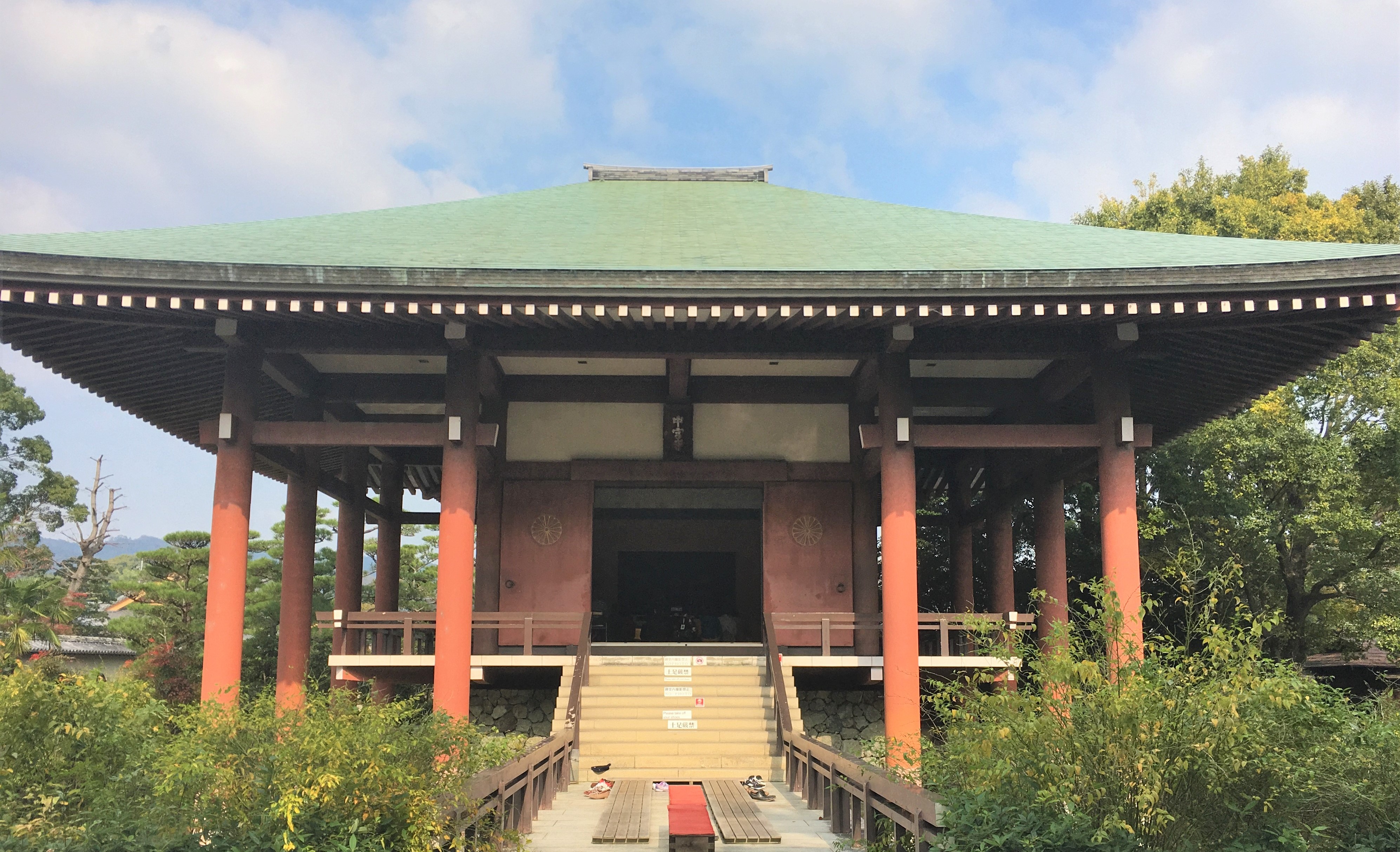
The main attraction of this temple is a statue of Nyoirin Kannon [如意輪観音]. Many praise this statue as being the best Buddha statue from the Asuka Period. Since we weren’t allowed to take pictures there, check out pictures of the statue on their website!
It has very iconic characteristics of Buddha statues made in the Asuka Period, namely its slender figure, thin eyes and smile. The statue has a very relaxed almost dreamy expression, as if it were deep in thought. This Nyoirin Kannon is another Japanese National Treasure, so be sure to go see it.
Coming next time,
All of Horyu-ji’s Natioal Treasures!
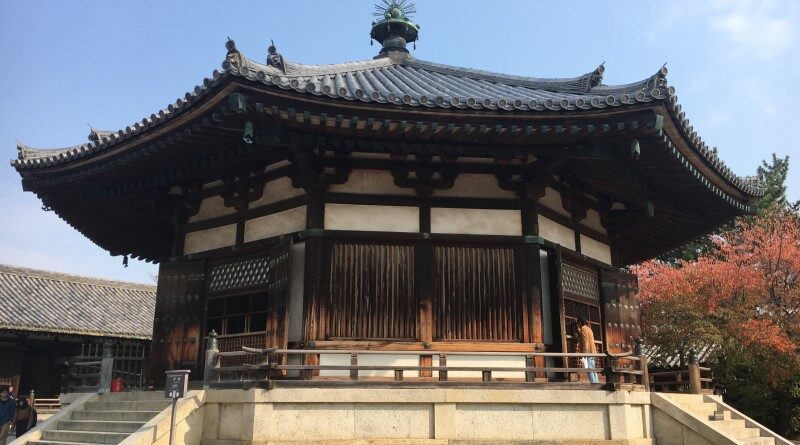
Leave a Reply